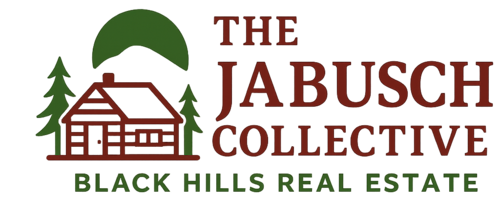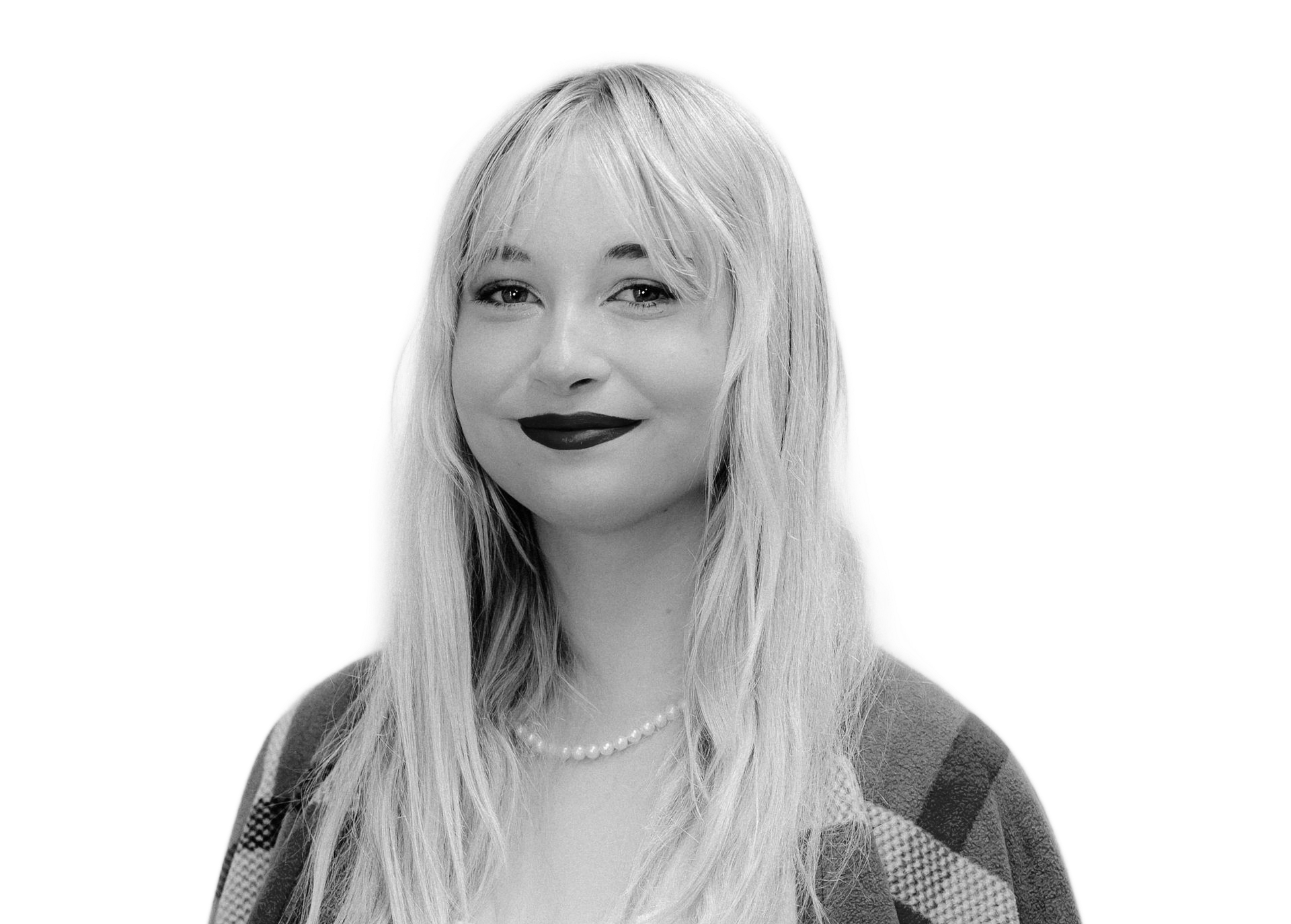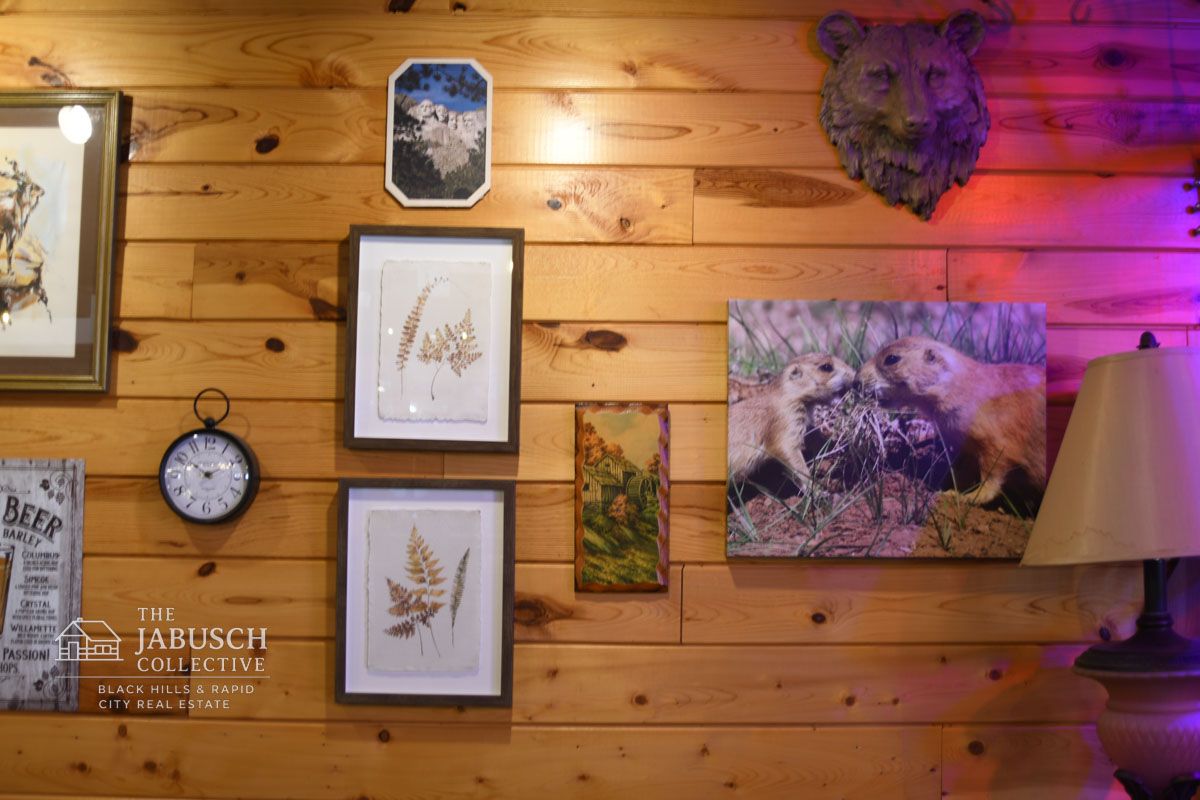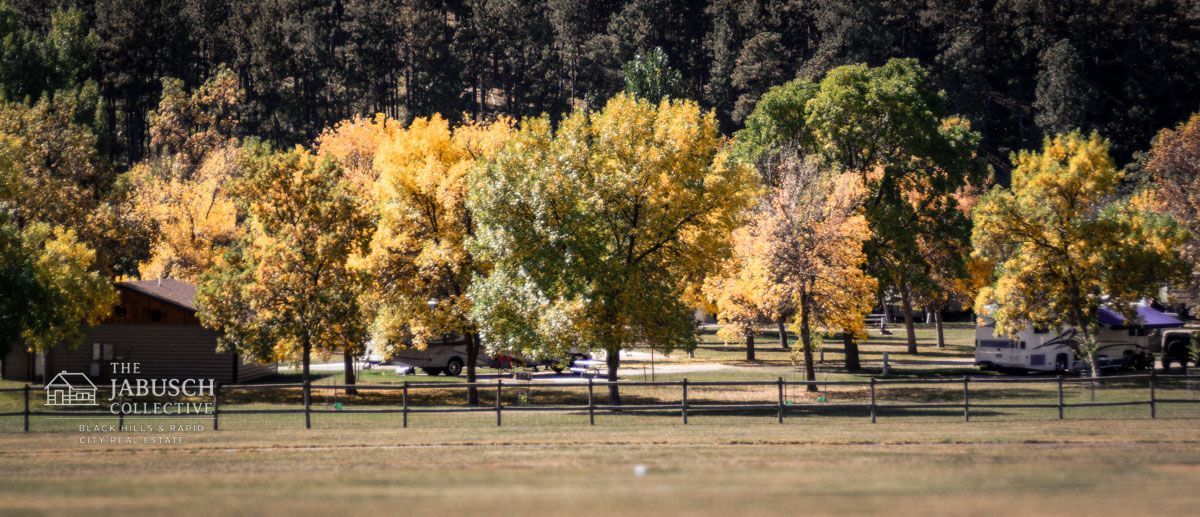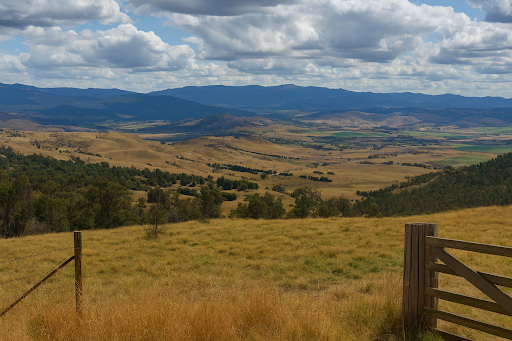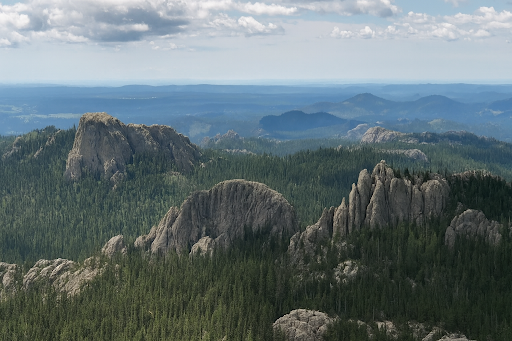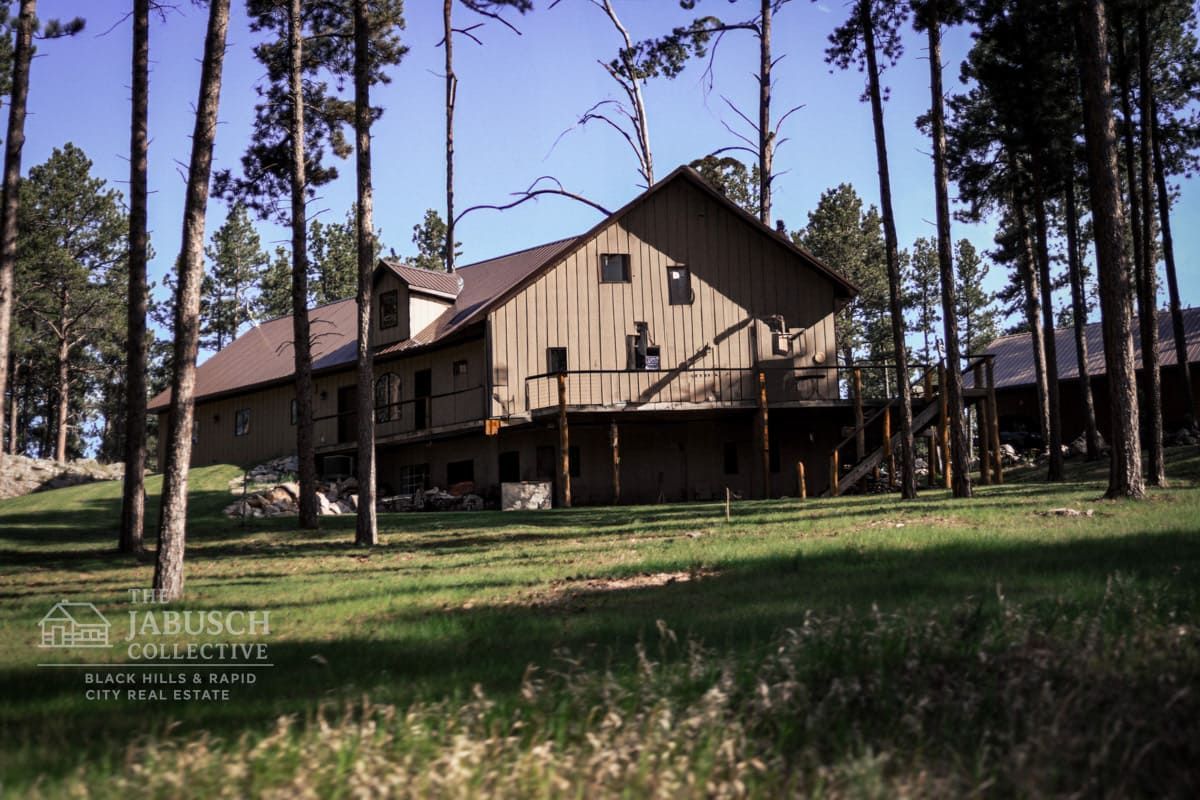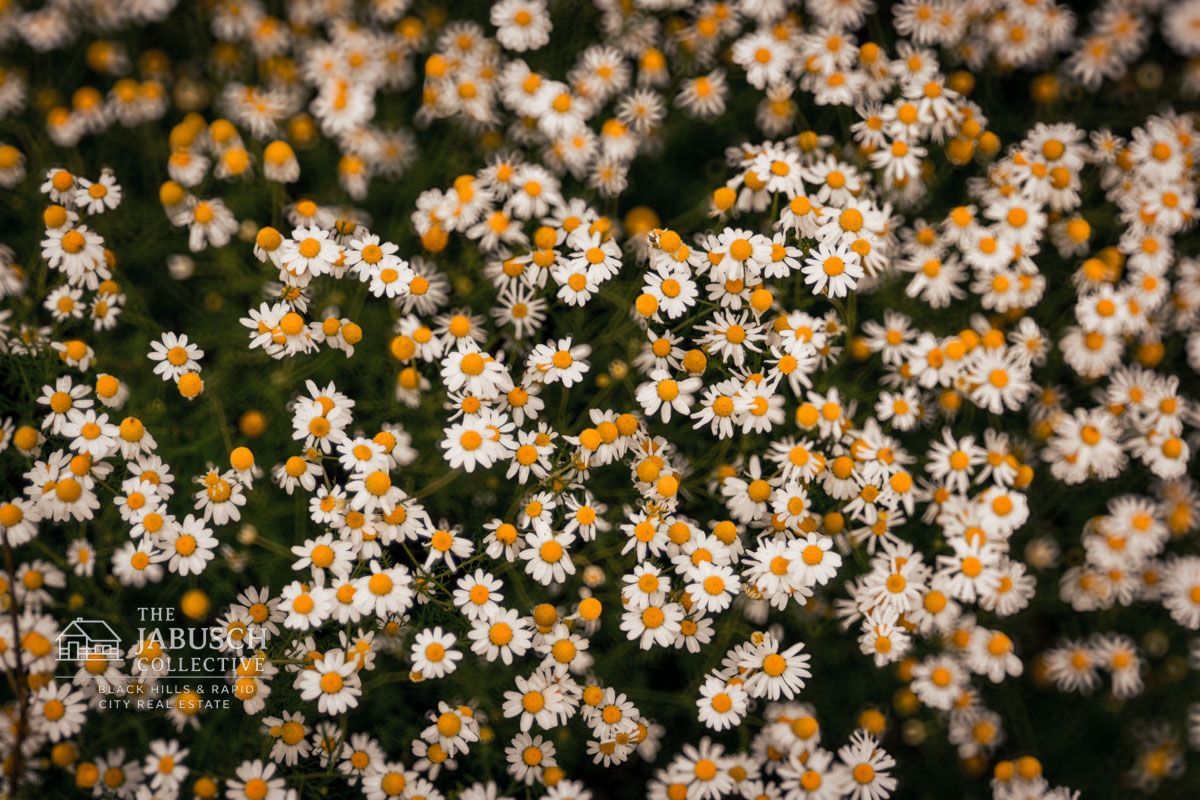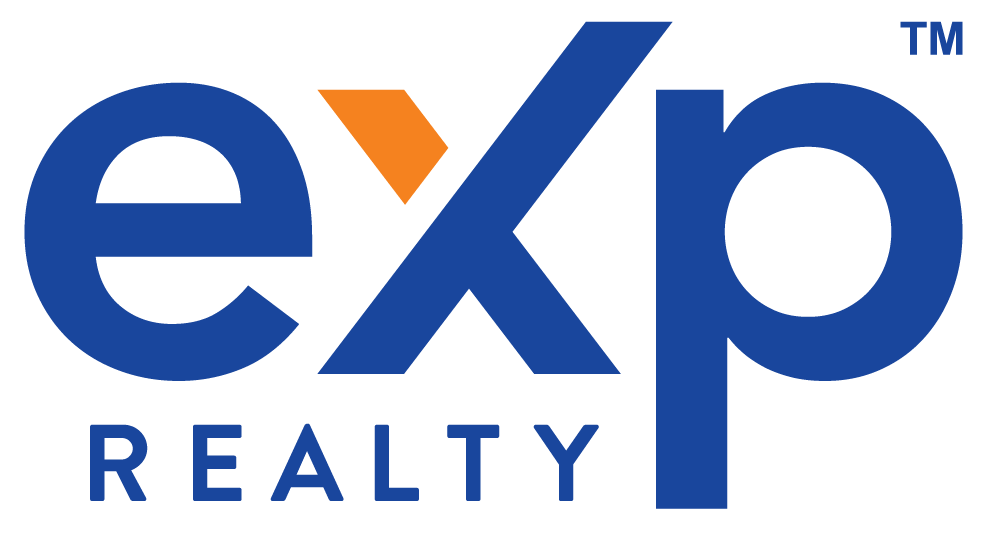When you fall in love with a property, it’s natural to focus on the listing price. After all, that number is front and center on every sign and search result. But the truth is, the asking price is only part of the financial picture. Every home purchase comes with additional costs, and being prepared for them can save you stress—and money—when it’s time to close.
Closing costs are the largest and most important to budget for. In South Dakota, these typically run
2–5% of the purchase price and include lender fees, title services, escrow, and county recording. On a $350,000 home, that means an extra $7,000–$17,500 you’ll need to bring to the table,
according to the South Dakota Association of Realtors.
Most buyers also pay a
loan origination fee, which is what your lender charges for processing the mortgage. This typically ranges from 0.5% to 1% of the loan amount. You’ll also need to account for an
appraisal, which confirms the home’s value for your lender. In the Black Hills, appraisals often range from $500–$700. Finally, a
home inspection—costing $350–$600 depending on the size of the home—is essential to protect your investment. In my experience working with first-time buyers, these costs aren’t “hidden,” but they often feel that way. Planning for them early makes the entire process smoother.
Black Hills–Specific Fees Buyers Forget
Beyond the standard costs of buying a home, the Black Hills region brings a few unique expenses that many first-time buyers don’t anticipate. Because this area is a mix of rural land, mountain terrain, and older properties, the actual cost of ownership often depends on where you buy.
Many homes outside city limits rely on
private wells and septic systems. Lenders usually require a professional inspection of both before closing, which can cost several hundred dollars. I’ve seen deals delayed simply because buyers didn’t plan for this step early. In some areas,
radon testing is also recommended, since the granite formations common in the Hills naturally release radon gas. These tests usually run $150–$200 and are worth factoring in for peace of mind.
Buyers may also encounter
HOA fees for things like road maintenance, snow removal, or shared community amenities. These vary widely, from just a few hundred dollars annually to more than $1,500, depending on the property.
And for
acreage buyers, there may be additional costs for
utility hookups—extending electric lines, installing propane tanks, or connecting to rural water. These can add thousands of dollars to your initial investment. Out-of-area agents often overlook these local details, but planning for them ensures you won’t be caught off guard once you’ve found your dream property in the Hills.
Post-Purchase Expenses to Budget For
The costs of buying don’t stop once you close on your new home. In the Black Hills, it’s just as important to plan for the ongoing expenses of homeownership—especially since living in this region comes with its own set of responsibilities.
One of the most significant recurring costs is
property taxes. These can vary depending on whether you’re in Rapid City, Custer, or a smaller township. Still, as of 2024, the average effective property tax rate in South Dakota is around
1.22% of a home’s assessed value (Tax Foundation). Alongside taxes, you’ll also need to factor in
home insurance. Because the Black Hills are forested and fire risk can be higher in some areas, premiums may be more expensive than buyers expect.
If your home is outside city limits,
you may also need to budget for road maintenance or snow removal. While some neighborhoods share these costs through an HOA, rural buyers often pay directly out of pocket. Even something as simple as keeping your driveway plowed during heavy winters can add up over time.
Finally, acreage owners often discover extra costs for
wildlife fencing or land prep, especially if they plan to keep animals. These aren’t “required” expenses, but they can make a big difference in the usability of your property. I always advise buyers to build a realistic budget for the first year of ownership—it takes the pressure off and lets you settle in without surprises.
How to Plan Ahead
The good news is that none of these costs should stop you from
buying your dream home in the Black Hills—as long as you plan for them ahead of time. A smart buyer doesn’t just calculate the listing price; they build in a cushion for all the extras that make a property truly move-in ready.
A simple rule of thumb is to set aside
10–15% above the purchase price to cover closing costs, inspections, and post-purchase expenses. While you may not end up using the full amount, having it available keeps you from being caught off guard.
Working with a
local lender can also make a big difference. Out-of-state banks often don’t understand the unique challenges of buying in a rural, mountain region. A Black Hills lender will anticipate things like well inspections, propane usage, or radon testing and help you budget correctly.
Finally,
lean on your real estate agent for guidance. An
experienced local agent can run an
accurate cost estimate for each property you’re considering—factoring in HOA dues, insurance differences, and utility extensions—so you know exactly what to expect. I’ve found that careful planning doesn’t just save money—it gives clients peace of mind to focus on finding the right home.
The Bottom Line
Buying a home in the Black Hills is one of the most rewarding decisions you can make—but it’s not just about the listing price. From inspections and closing costs to ongoing expenses such as taxes, insurance, and maintenance, the actual cost of ownership is complex and varies significantly in this region. The more you understand these details upfront, the smoother and more confident your homebuying journey will be.
The good news is that you don’t have to figure it out on your own. With the proper guidance, these numbers stop being a mystery and become part of a clear, manageable plan. Transparency is key, and knowing what to expect gives you the power to focus on what really matters—finding the home that fits your life and your future.
If you’re exploring properties and wondering what the real bottom line would look like,
we would love to help. Together, we can break down the costs, answer your questions, and make sure you walk into your purchase fully prepared.
Schedule a Free Buyer Consultation today, and let’s turn the dream of living in the Black Hills into a confident reality.
